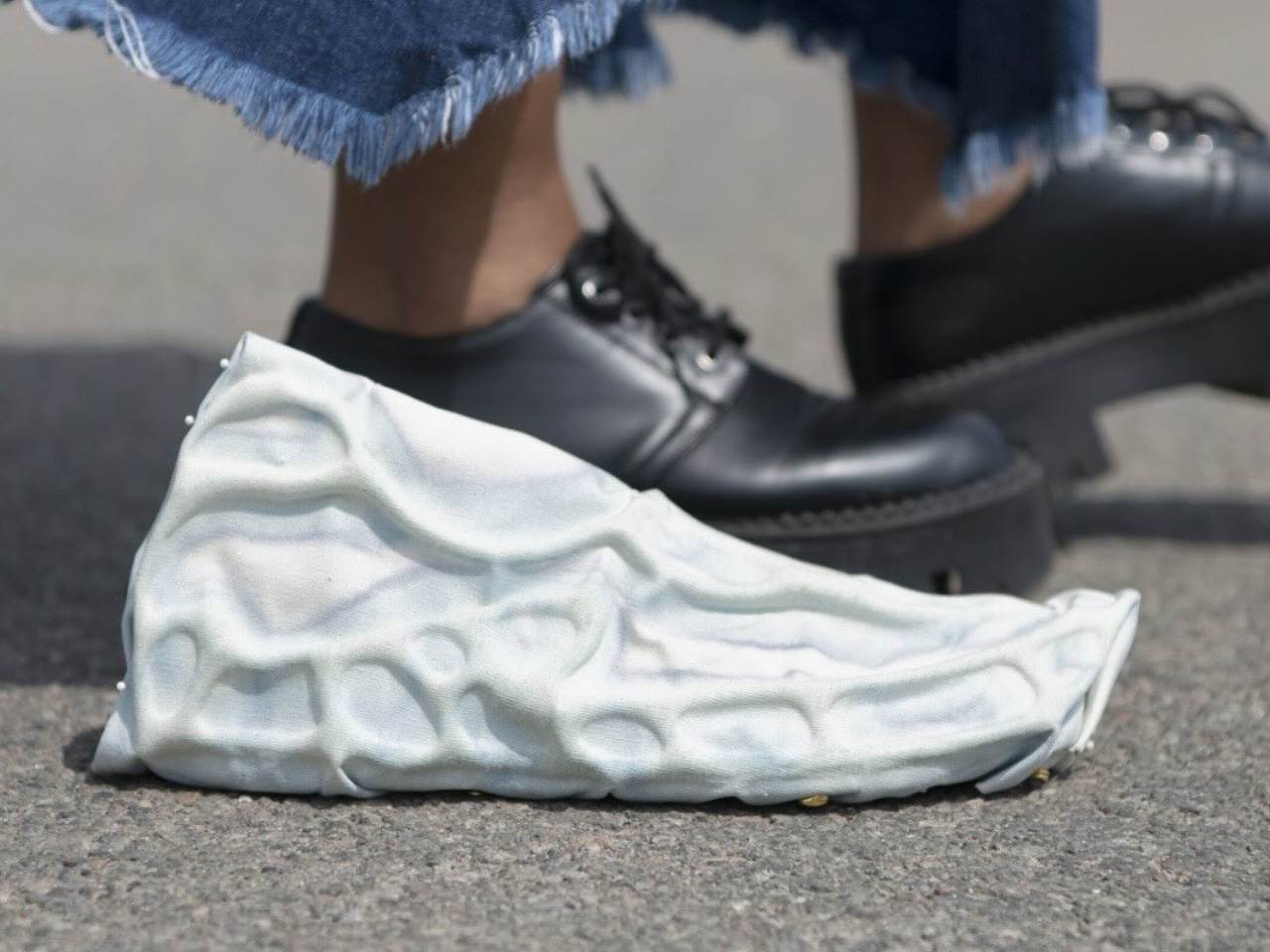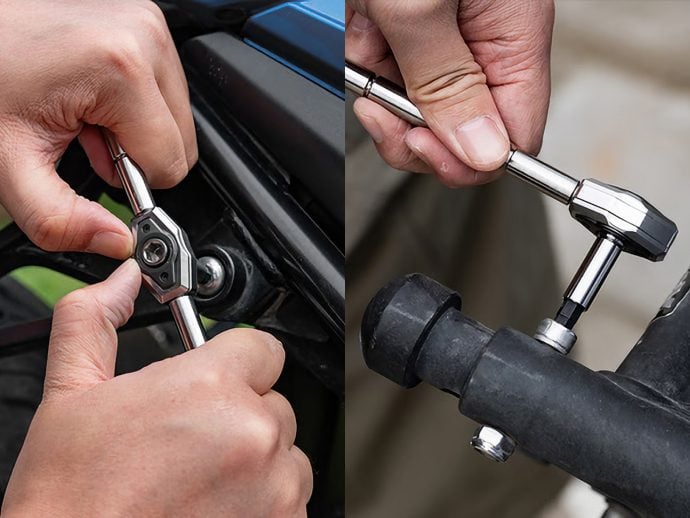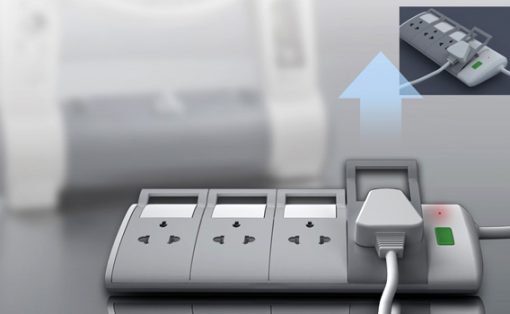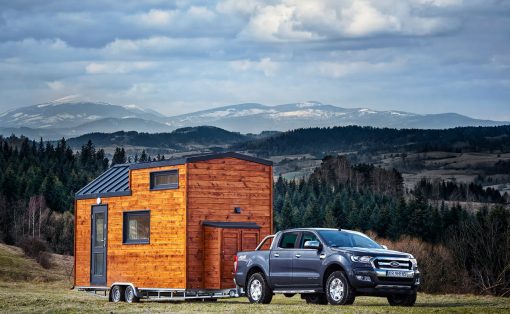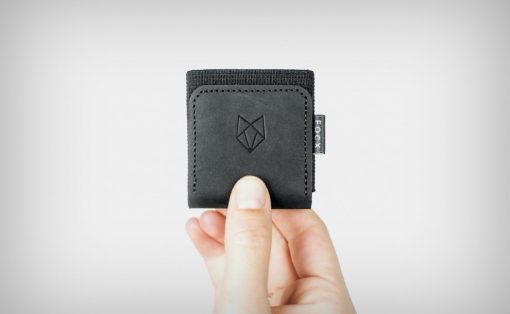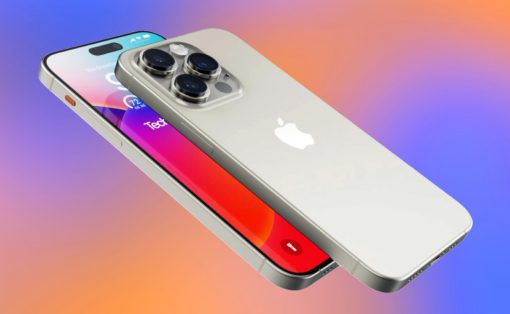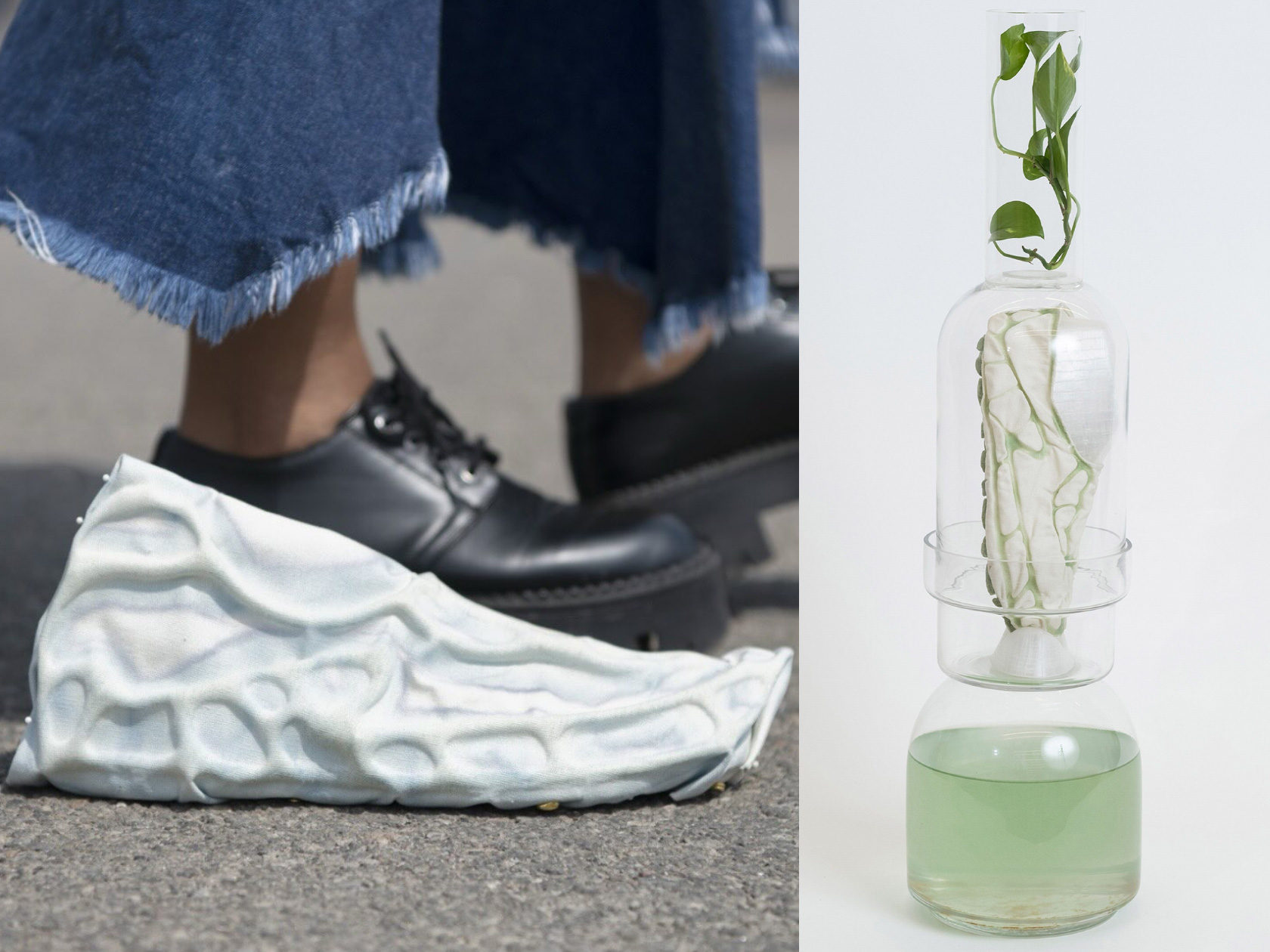
Roughly 22 billion pairs of shoes are manufactured globally each year. The production process of all these shoes – and lot many made in the unorganized sector – emits crazy amounts of carbon dioxide, enough to contribute about 1.5 percent of the world’s greenhouse gas emissions. Even though sustainable materials have become a significant part of the production process, carbon emissions have not decreased in tune; this means the industry still awaits a revolutionary idea that can help.
While the major manufacturers are dealing with their ideas, a designer Jessica Thies, based out of Brooklyn has developed a pair of concept shoes that could help the shoe industry reduce its environmental impact. Dubbed Synthiesis, the idea is based on Thies’ research into engineered living materials and is part of her thesis at Parsons School of Design. The experimental shoe printed from ink containing living algae can absorb carbon dioxide from the surroundings, the designer believes.
Designer: Jessica Thies
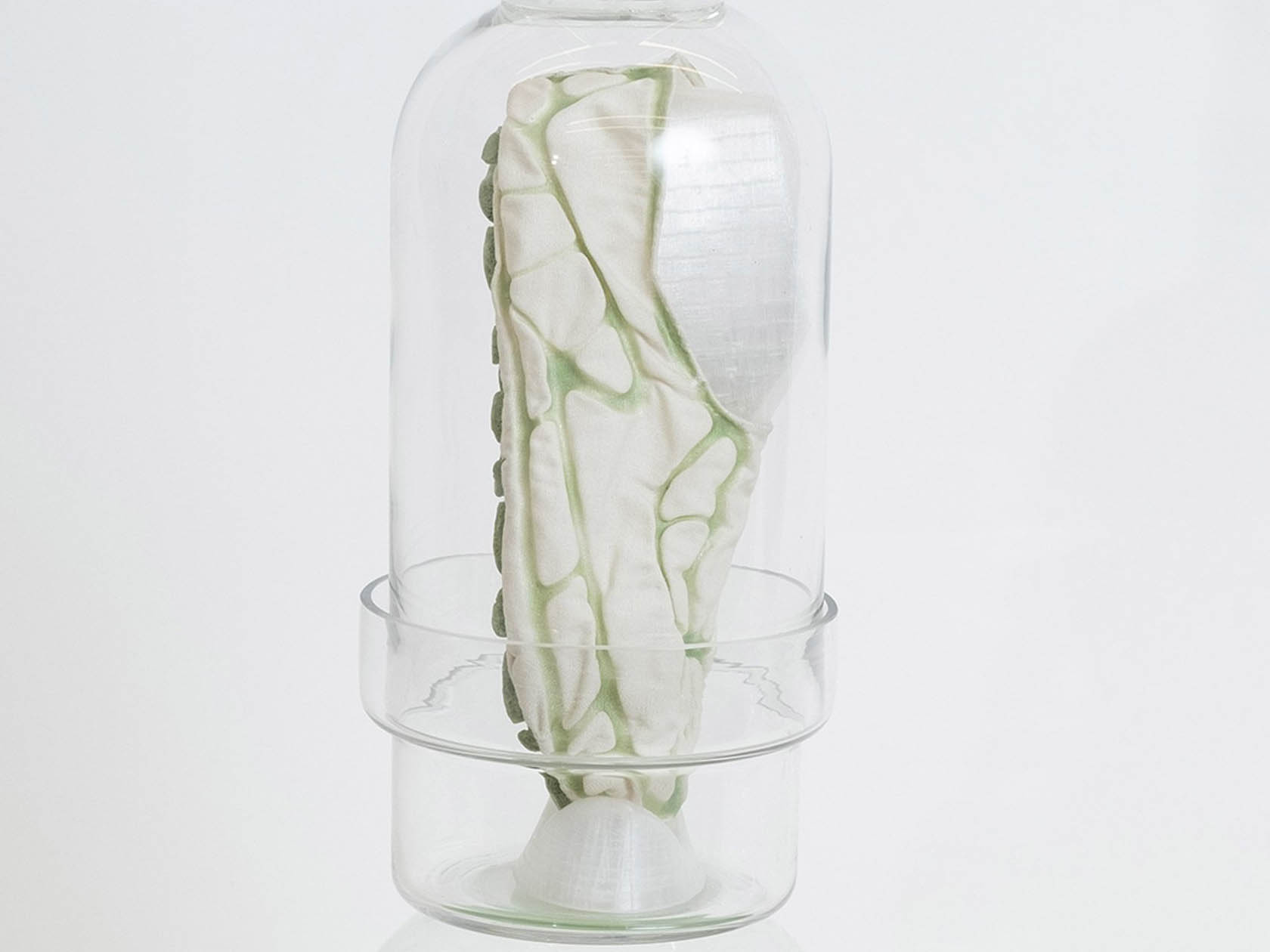
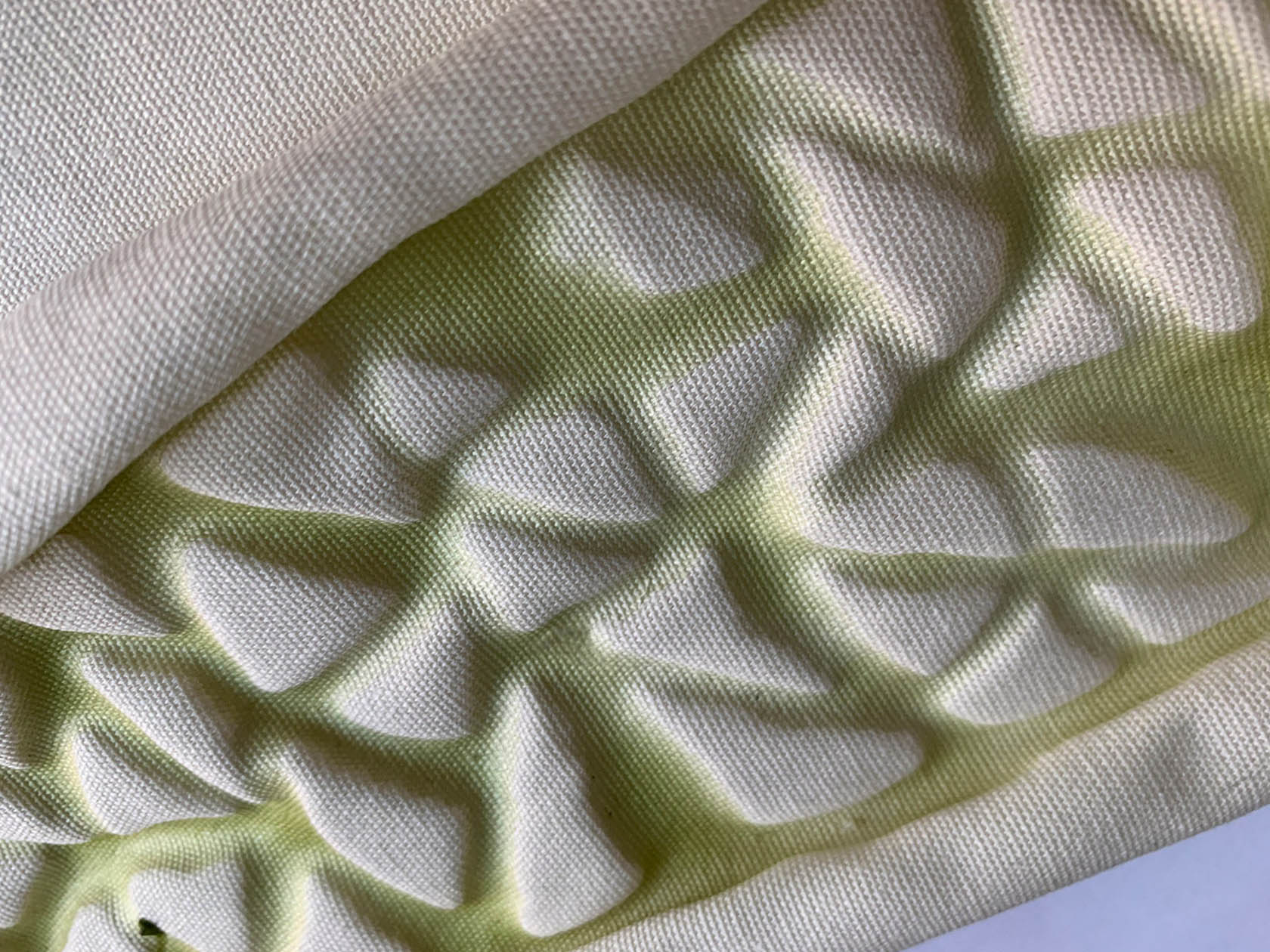
Presently shoes have polyurethane foam soles which are always recyclable or biodegradable, amounting to waste. Thies believes this could be replaced in the production lines with engineered living materials, which could be beneficial both for the user and nature. “I believe that if we simply replace synthetic materials with bio-based ones, we haven’t addressed the core issues of overconsumption and exploitation of the natural world.”
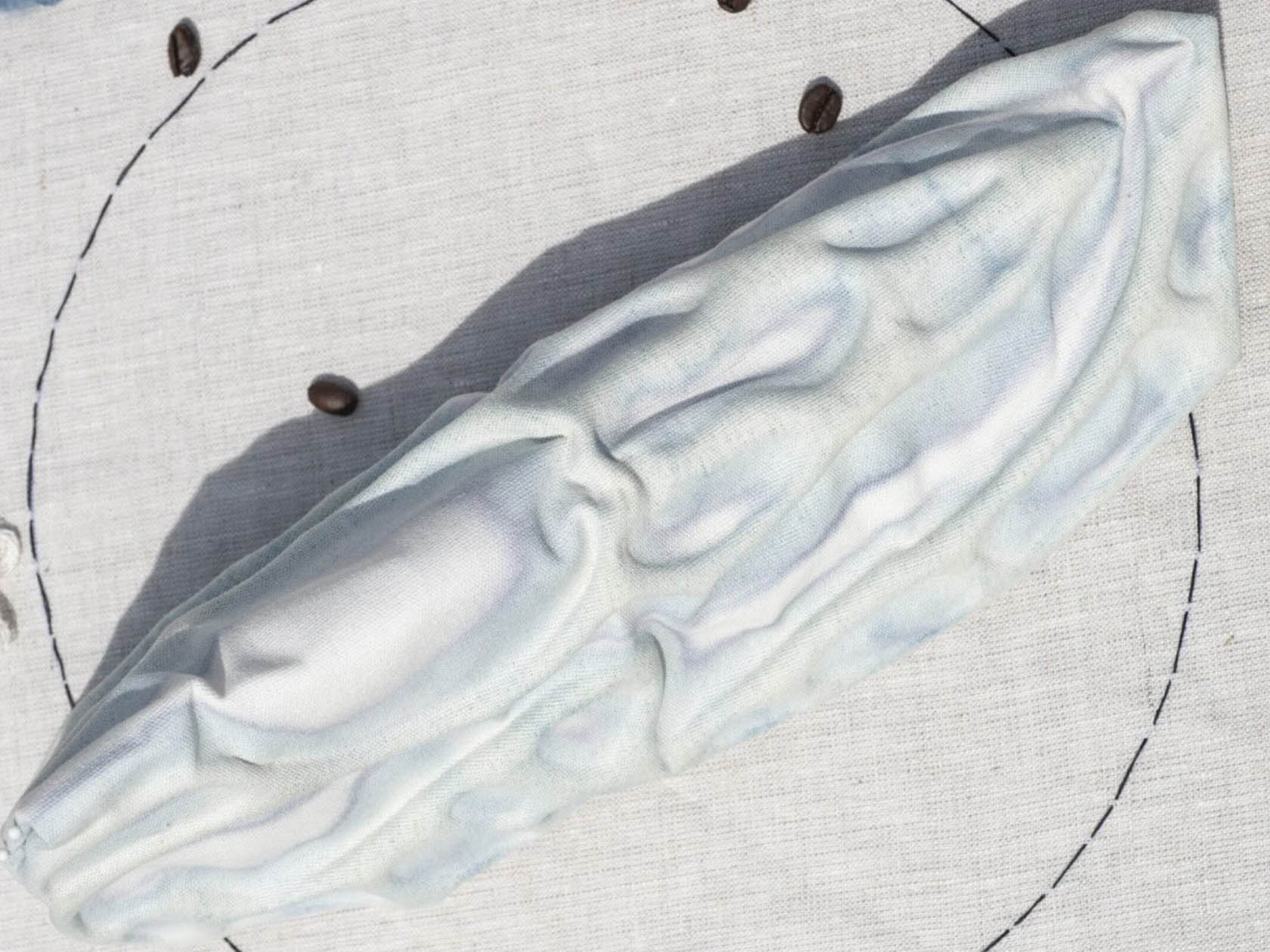
The shoe concept by the designer is made from hemp fabric and printed with bio-based ink included with algae. The addition of microalgae cells in the printing ink makes the shoe an “active object” capable of acting like a living organism. The unique construction ensures that the shoe can absorb carbon dioxide from the environment, and “potentially be able to self-clean,” Thies informs.
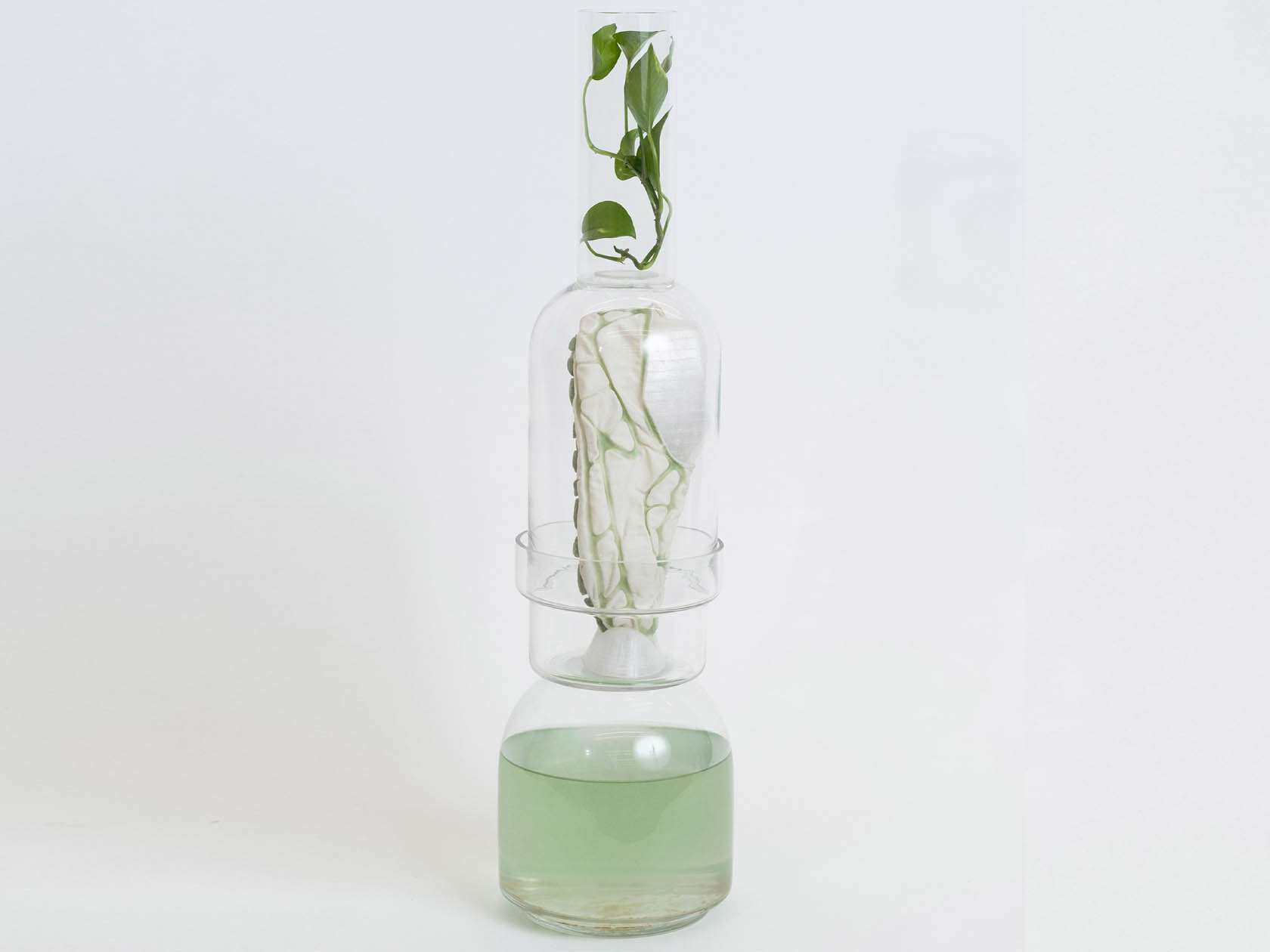
The idea of a living footwear sounds immensely exciting. One that can change our outlook toward the way we conceive what we wear on the foot with the least consideration. Thies’ research with material affirms that the algae used in the construction can survive a month without supplementary nutrients, and if cared for, it can last much longer. For the later, the shoe conceptualized by Thies can feed on nutrients and oxygen-producing cyanobacteria using hydroponics, in a manner we grow plants.
